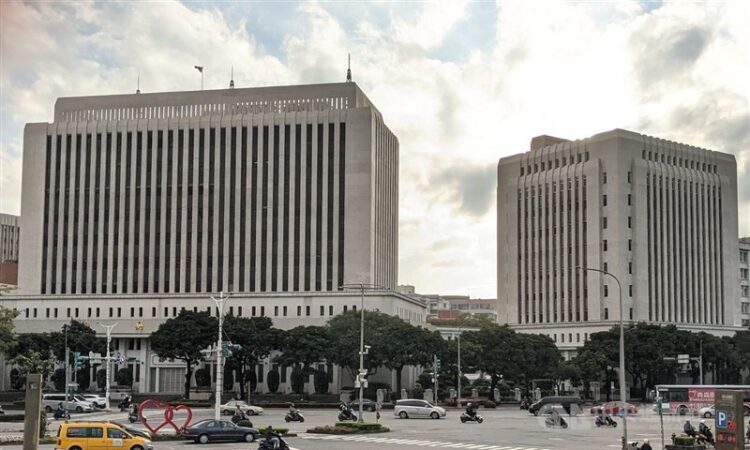
Taipei, July 1 (CNA) The United States remained the largest debtor nation of Taiwan’s banking sector for the 35th consecutive quarter, as of the end of March, on the back of the booming U.S. stock and bond markets, according to the central bank.
Data released by Taiwan’s central bank over the weekend showed that the exposure of Taiwanese banks to the U.S. on an immediate counterparty basis hit a new record high of US$171.62 billion as of the end of March, rising by US$3.31 billion, or 1.96 percent, from the end of December.
According to the Bank for International Settlements (BIS), an immediate counterparty basis is a methodology whereby positions are allocated to the primary party to a contract.
Pan Ya-hui (潘雅慧), deputy director of the central bank’s Department of Financial Inspection, said that as investors remained upbeat about the U.S. equity and bond markets, Taiwanese banks saw rising investments by its clients in the U.S. markets amid a stock and bond boom.
In addition, given the close economic and trade ties between the U.S. and Taiwan, the growing bilateral financial exchanges and resulting exposure by Taiwanese banks are no surprise, Pan said.
As of the end of March, Taiwan-registered banks’ international claims on an immediate counterparty basis, consisting of loans, investments, deposits and other holdings, was US$574.7 billion, 0.28 percent higher than the previous quarter, the central bank said.
The quarterly rise was attributed mainly to an increase in government bond holdings overseas by Taiwanese banks and an increase in deposits by those Taiwanese banks in the U.S. Federal Reserve, the central bank said.
China remained the second largest debtor nation to Taiwan’s banking sector at the end of March but exposure to Beijing fell US$1.90 billion, or 3.92 percent, from a quarter earlier to US$46.51 billion, according to the central bank.
The claims to China accounted for 8.09 percent of the total international claims by Taiwanese banks as of the end of March, dipping to a new low, the central bank’s data showed.
Pan said the decline in exposure to China reflected caution about the movement of the Chinese yuan and the health of the Chinese economy, as the real estate market there was still facing headwinds and downside risks.
Due to the trade tensions between Washington and Beijing, the global supply chain has been restructured, prompting Taiwanese companies to move their investments out of the Chinese market, which dragged down Taiwanese banks’ exposure to China in the past two to three years, Pan said.
The third largest debtor to Taiwan’s banking sector was Luxembourg, with exposure from Taiwanese banks rising 2.02 percent from a quarter earlier to US$39.61 billion as of the end of March, followed by Australia, down 0.21 percent to US$35.28 billion; and Hong Kong, down 2.53 percent to 32.54 billion, the central bank said.
Rounding out the top 10 debtor areas for Taiwan were Japan, with exposure of US$30.98 billion at the end of March, down 7.18 percent from a quarter earlier; the United Kingdom, up 3.42 percent to US$20.37 billion; Singapore, up 3.26 percent to US$17.40 billion; South Korea up 0.61 percent to US$16.55 billion; and Vietnam up 1.56 percent to US$16.17 billion, the central bank said.
While Japan remained the sixth largest debtor to Taiwan’s banks at the end of the March, the fall in exposure was the steepest among the top 10 debtors, as the Japanese yen plunged 6.56 percent against the U.S. dollar, pushing down the value of the claims, according to Pan.
Taiwan’s exposure to its top 10 debtors totaled US$427.03 billion as of the end of March, accounting for 74.41 percent of its banks’ total international claims, compared with 74.43 percent at the end of the previous quarter, the central bank data showed.





